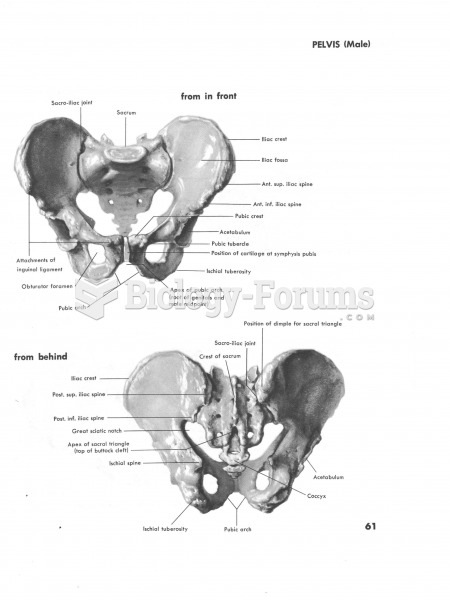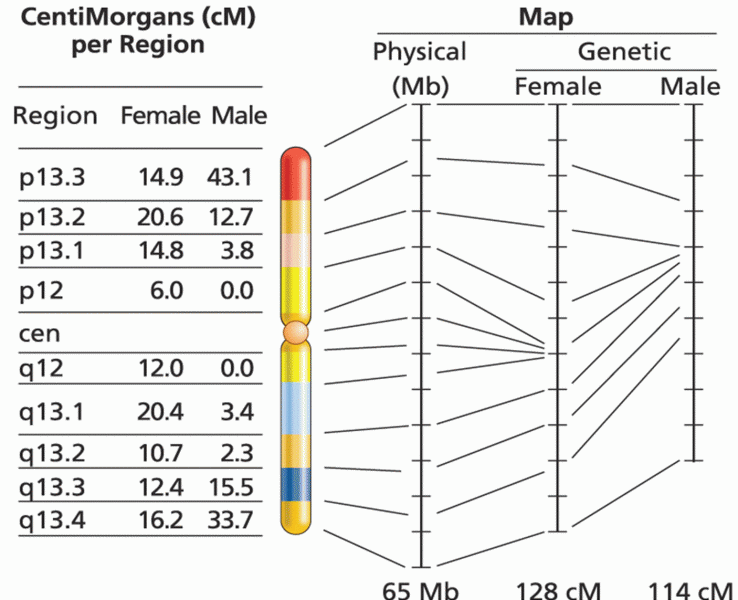Answer to Question 1
Correct Answer: 1,2
Rationale 1: Thiazide diuretics seem to provide the greatest blood pressure reduction in this population.
Rationale 2: Calcium channel blockers seem to provide the greatest blood pressure reduction in this population.
Rationale 3: Monotherapy with ACE inhibitors does not reduce blood pressure as effectively in African Americans as in other groups.
Rationale 4: Monotherapy with beta-adrenergic antagonists does not reduce blood pressure as effectively in African Americans as in other groups.
Rationale 5: Monotherapy with angiotensin II receptor blockers does not reduce blood pressure as effectively in African Americans as in other groups.
Global Rationale: Thiazide diuretics and calcium channel blockers seem to provide the greatest blood pressure reduction in this population. Monotherapy with ACE inhibitors, beta-adrenergic antagonists, and angiotensin II receptor blockers do not reduce blood pressure as effectively in African Americans as in other groups.
Answer to Question 2
Correct Answer: 1,2,4
Rationale 1: The client's risk factors guide the pharmacotherapy of hypertension.
Rationale 2: The client's comorbid medical conditions guide the pharmacotherapy of hypertension.
Rationale 3: The client's age is not a factor in the pharmacotherapy of hypertension.
Rationale 4: The client's degree of hypertension guides the pharmacotherapy of hypertension.
Rationale 5: The client's current occupation is not a factor in the pharmacotherapy of hypertension.
Global Rationale: The client's risk factors, comorbiditis, and the degree of hypertension guide the pharmacotherapy to treat hypertension. The client's age and occupation are not factors in the pharmacotherapy of hypertension.






